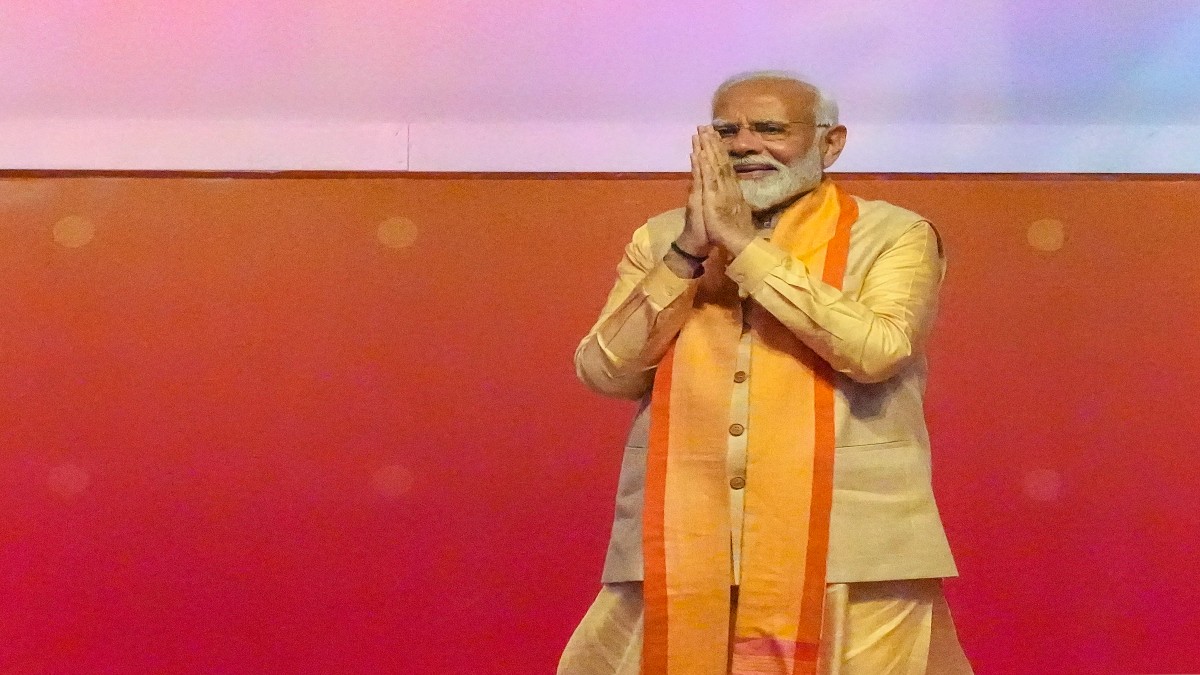History repeats itself, sometimes as an agitation, sometimes as a package.
Events in Gujarat and Rajasthan have begun to mimic happenings in the two states after two reservation movements. It is likely they would converge at a point, but, if the denouement of the Gurjar reservation stir is an indication, the Patels should start getting ready for a long and frustrating fight.
On Thursday night, the Gujarat government announced a Rs 1000-crore package to support students pursue higher education. It also relaxed the age limit for government jobs from 28 to 33 years for the general category and from 33 to 38 in the reserved category.
It can easily be argued that both the decisions contradict each other. On the one hand the government wants more youngsters to get trained for the job market, on the other it is increasing the competition by making older candidates eligible. The strategy of raising the age bar works only when the market is flooded with jobs and the number of eligible candidates is in short supply. But, in Gujarat’s case, the Patidars are agitating because of lack of opportunities. Making more yougsters queue up for non-existing jobs would only lead to more anger and frustration.
But, the Gujarat government seems to be worried more about nostrums, even placebos to counter the growing menace of casteism and the epidemic of quota-clamour. And it is relying on the ‘Rajasthan model’ of dealing with the reservation fever, which is based on the strategy of denying, delaying, obfuscating and then finally passing on the headache to the judiciary.
The Rajasthan model
Two days ago, the Vasundhara Raje government yet again passed a bill that allows 14% reservation to economically backward classes (EBCs) and 5% quota to socially backward classes (SBCs), mainly the Gurjars. Together the two bills take reservation in Rajasthan to 68%, a figure that violates the 50% bar on quota.
The latest bill is just old wine in new bottle. In 2008, the then Raje government had passed a similar bill to placate the Gurjars demanding quota under a separate category. Till then, the Gurjars were part of the OBC list, but they were demanding quota in a separate category because of their inability to compete with the other castes clubbed with them. Since assembly elections were on the horizon, Raje dangled the quota carrot also in front of the general category by introducing reservation on economic basis.
The Gurjars went home happy; their leader Kirori Singh Bainsla joined the BJP, contested (and lost) the Lok Sabha polls and everything seemed settled. But within days the courts stayed the new law, questioned the government decision of exceeding the 50 percent limit and forced Gurjars to launch a new agitation.
The latest bill passed by the Raje government is another attempt to pass on the quota benefits to SBCs and EBCs. This time it has separated the two quotas (5 percent and 14 percent) and is planning to get the new law included in Schedule IX of the Constitution by the Parliament. But, it is unlikely the courts will allow Rajasthan to exceed the 50 percent limit, which is waived off only under special circumstances.
The lessons for Patidars
The Gurjars did not get their reservation law easily. Like the Patidars of Gujarat, their demand was first rejected. But, when the stir turned violent, Raje, just like Anandiben Patel, announced a special package for Gurjars. Not impressed with the gimmick, the Gurjars intensified their stir and forced the Rajasthan government to pass a law, even if it ran violated the Constitution.
The Patidars must have noted the glaring dichotomy in the BJP politics on reservation. In Gujarat, the BJP government is denying them quota benefits arguing it is impossible to raise quota beyond 50 percent. In Rajasthan, the Raje government is doing the exact opposite, by making the state first in north India to breach the legal bar.
Another glaring contradiction is Rajasthan’s attempt to tweak the reservation criteria, an idea mooted recently by RSS chief Mohan Bhagwat. Though the BJP central leadership has denied that it wants to re-examine the quota system, the Rajasthan government is doing the exact opposite. It is not only tinkering with the 50 percent bar, but also introducing reservation to economically backward classes.
The Patidars will be watching the developments in the neighbouring state carefully. They know that just like in Rajasthan, even in Gujarat the BJP can be brought to its knees by pressing hard for their demands and not settling for “lollypops” like packages.
In this fight, history is by their side.


)




)
)
)
)
)
)
)
)